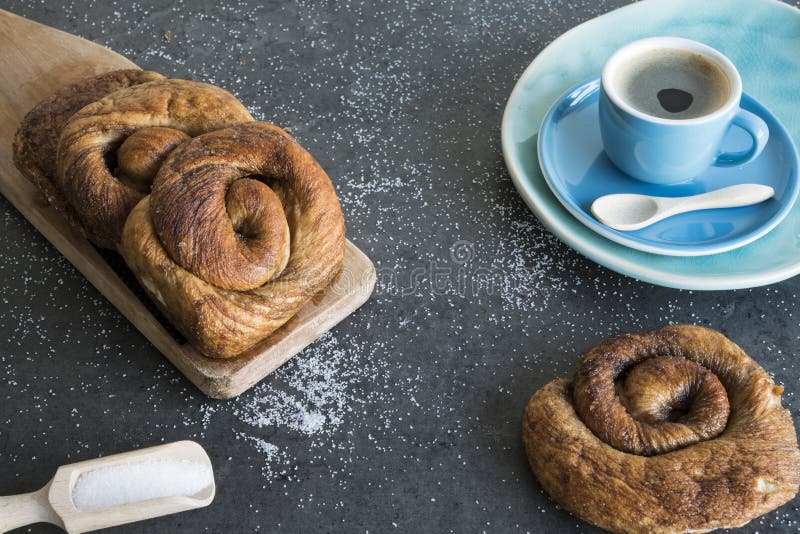
These include hydrochloric acid, which maintains the pH of the stomach between 1.5–2.0. Cells in the stomach secrete gastric juices.The stomach stores the food temporarily.In the stomach, the following processes occur: This sphincter relaxes, allowing the bolus to enter the stomach. The bolus enters the stomach through a ring-like muscle called the lower esophageal sphincter. What is esophageal achalasia, and how does it affect digestion? The stomach Peristalsis is the slow contraction of smooth muscles along and around the digestive system.Īs the bolus moves through the esophagus, these contractions push it toward the stomach. The esophagusĪfter swallowing, the bolus enters the esophagus, where gravity and muscle contractions help move it down to the stomach through a process called peristalsis. This enables a person to swallow it easily. an enzyme in the saliva, salivary amylase, breaks it down into starch.Ĭhewing and amylase digestion will convert the food into a small, round blob, or bolus.the teeth and tongue break it down mechanically.When a person smells or thinks of food or eating, the salivary glands begin producing saliva. defecation and urination, the removal of waste products through the rectum and the bladder, respectivelyĭigestion begins even before the food enters the mouth.the absorption of nutrients, which mainly occurs in the small intestine.digestion, the breakdown of food, for example, through chewing and secretions.propulsion, where muscles move the contents of the canal forward.the secretion of substances that enable food and nutrients to move through the body effectively.ingestion, which includes chewing and swallowing.Some terms to describe these functions include: Together, these organs provide mechanical processing, the secretion of enzymes and bile to help break down compounds, and the excretion of waste. In addition, the following organs support digestion, for example, by chewing or adding enzymes and other secretions that enable the body to absorb nutrients: A new model for bolus formation and deglutition is proposed.The human gastrointestinal tract, also called the alimentary canal, is around 30 feet (9 meters) long in adults. There was no predictable tongue–palate contact at any time in the sequence. The total oropharyngeal accumulation time differed with initial food consistency but could be as long as 8–10 sec for the hard foods.

The accumulating bolus spread into the valleculae. The bolus accumulated on the oropharyngeal surface of the tongue distal to the fauces, below the soft palate, but was cycled upward and forward on the tongue surface, returning through the fauces into the oral cavity. This movement, squeeze-back, depended on tongue–palate contact. Stage II transport of chewed food through the fauces to the oropharyngeal surface of the tongue occurred intermittently during jaw motion cycles.

After ingestion, the bite was moved to the postcanines by a pull-back tongue movement (Stage I transport) and processed for different times depending on initial consistency. Sequences were divided into phases, each involving different food management behaviors.

Lateral projection videofluorographic tapes were analyzed, and jaw and hyoid movements were established after digitization of records for 6 subjects. Food movements during complete feeding sequences on soft and hard foods (8 g of chicken spread, banana, and hard cookie) were investigated in 10 normal subjects 6 of these subjects also ate 8 g peanuts.


 0 kommentar(er)
0 kommentar(er)
